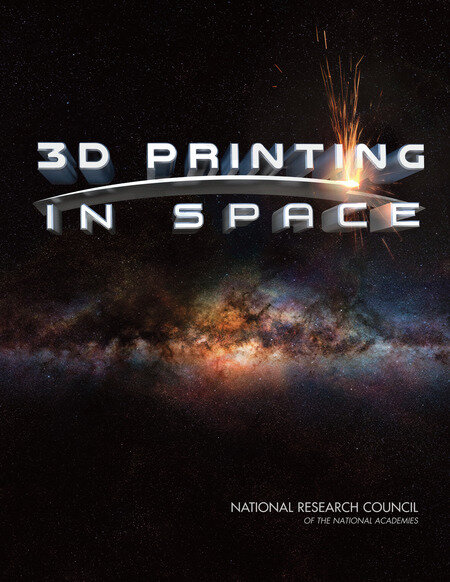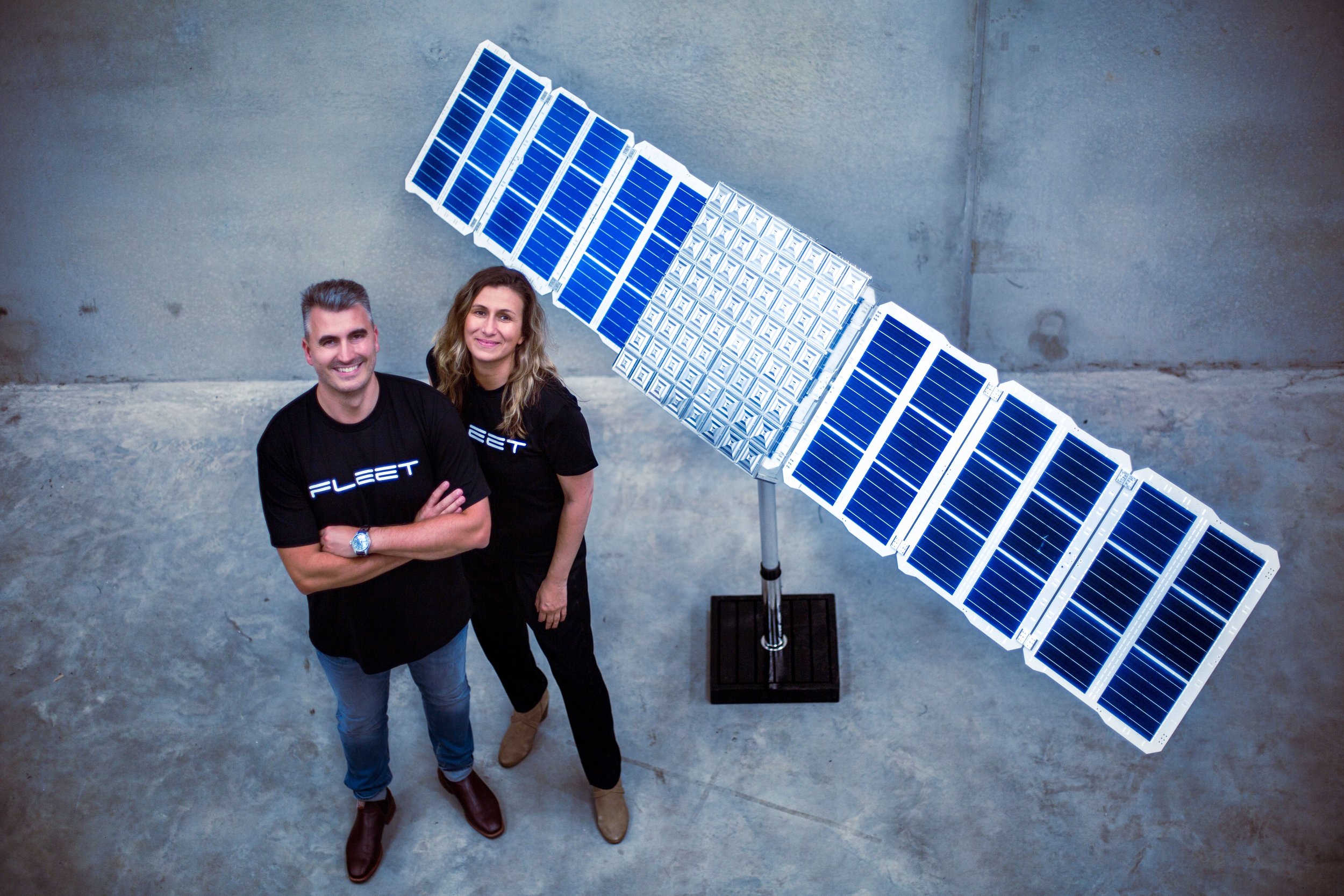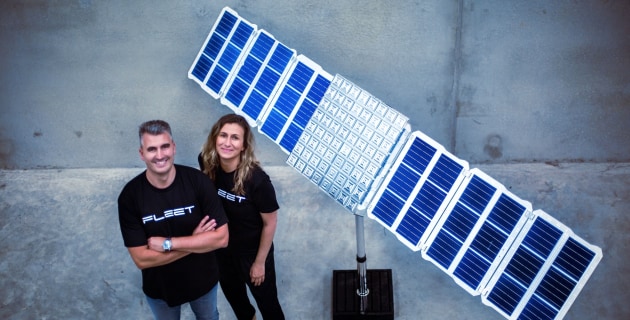Gathering feedstocks by cleaning up the orbital junkyard is a great idea that solves two problems simultaneously.
While it is true that materials found on planetary destinations will require refining, the amount of effort to refine local materials will be tiny compared to the huge resources it would take to bring them from home. A planet full of raw materials that need refining will provide a far larger resource than any amount of ready to use materials brought from home.
What if orbital salvagers collect trash in huge nets, then drag nets to a central orbital refinery? The junk yard would be a series of nets roped together and flying in loose formation around a smelter.
There satellite trash is broken down and sorted by material type before being melted down. Yes, you will get some awkward alloys, but in many cases, you can simply add an extra layer to a 3D printed replacement part to compensate for different strengths, harnesses, etc.
As much as possible, refined salvage would be extruded as standard sizes of bar stock, tubing, etc. The salvage yard would be able to 3D print their own custom-sized extrusion dies and other tools.
If you have to haul specialized alloy bearings up from earth, you could precisely align them in space, then print around them.
One of the bigger challenges would be collecting all the dust and shavings created when cutting and drilling old satellites during the dismantling process. Perhaps the cutting needs to be done inside a fine mesh net. Eventually you melt down the net to collect metal dust. Twould be truly weird if satellites had to change course/orbit to avoid clouds of tiny metal dust orbiting the earth!!!!!




